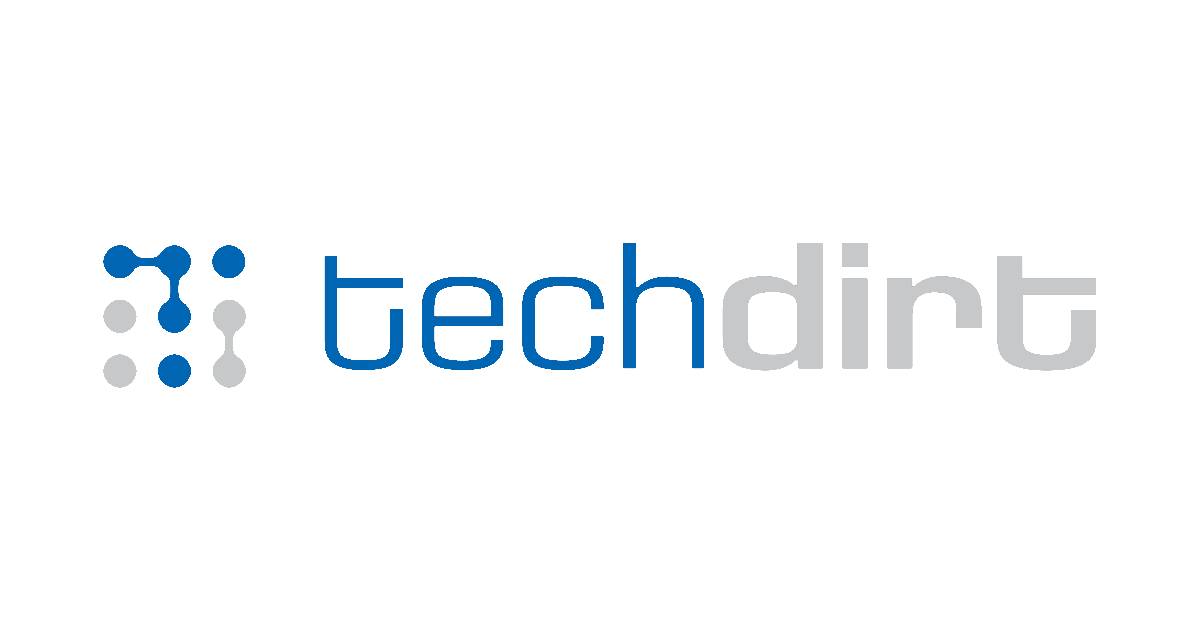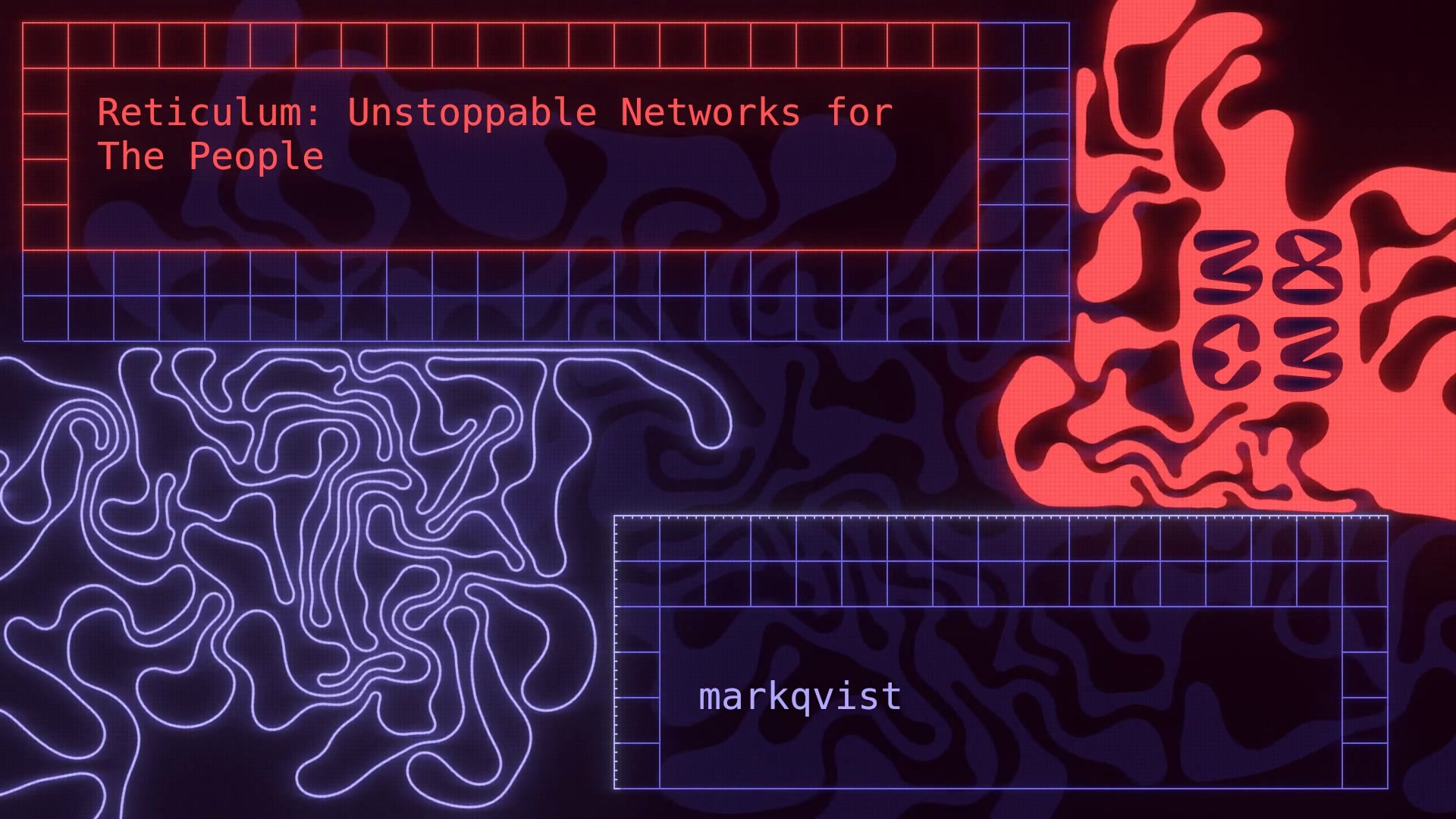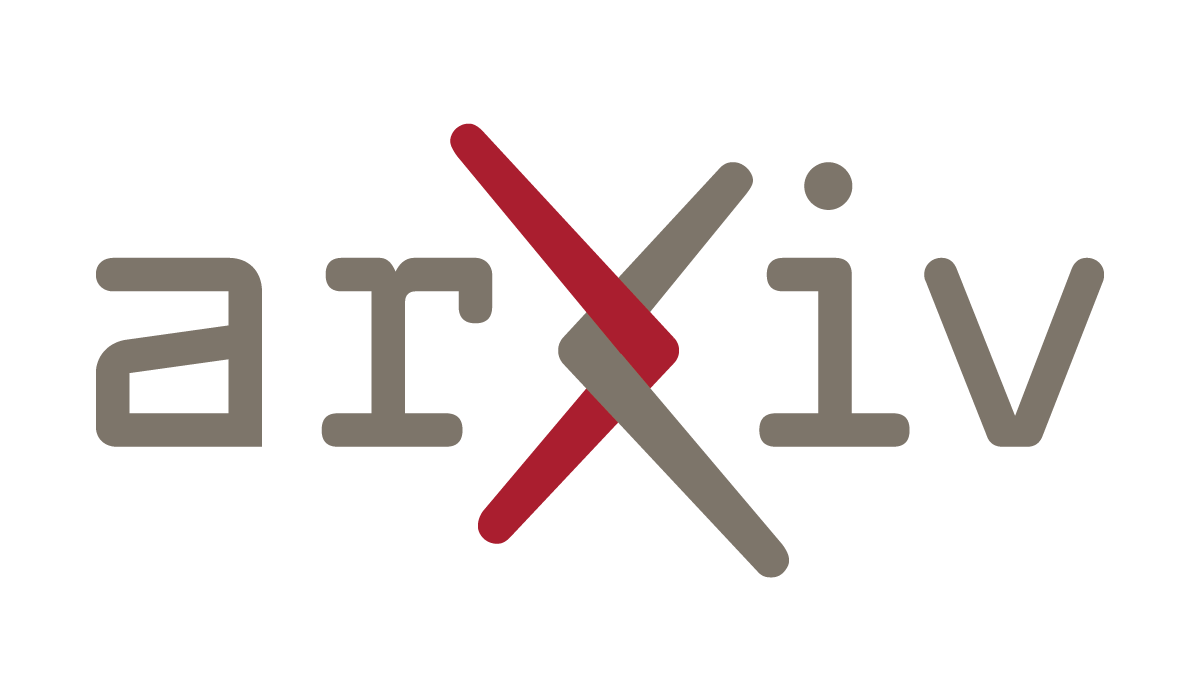yt-dlp can download from thousands of sites, including streamable. you can install it on android using termux.
Arthur Besse
cultural reviewer and dabbler in stylistic premonitions
- 95 Posts
- 462 Comments

 2·2 days ago
2·2 days agoI can tell you that the GitHub code isn’t the code that’s used
really? given that the license is AGPL and they do have some external contributors, they shouldn’t be running an unpublished branch of the code!

 5·3 days ago
5·3 days agolook at their responses in the .ml cross-post,
that post is now deleted, but you can see their modlog here

 14·6 days ago
14·6 days agohttps://en.wikipedia.org/wiki/Outdoor_advertising#Regulations billboards are banned in several cities and, surprisingly, in four entire states of the US.
Yamaha has entered the chat
1 reason it’s wrong to me: https://nosystemd.org/
Under “Notable bugs and security issues” there is a big list of issues which were all (afaict) fixed many years ago.
There have been reasonable philosophical objections to systemd, some of which are still relevant, and as that site shows there are still many distros without it, but for the vast majority of desktop users who want something that JustWorks… using a mainstream distro with systemd is the way to go.
This blog post from pmOS covers some of the pain of trying to use KDE or GNOME without it.

 4·9 days ago
4·9 days agoi guess “bring your watch” implies a lack of good tools for profiling C++ on Linux?

 1·9 days ago
1·9 days agoMicrochess was first commercially available in 1976, but chess software was being published long before that.
See also: https://www.chessprogramming.org/History#Famous_Historic_Computers_and_Programs
I can’t really imagine a benefit to
--autoremoveexcept for keeping old packages a bit longer before removing them.Eg, if you run
apt --update --autoremove upgrade -yonce a day you’ll keep your prior-to-currently-running-version kernel packages a day longer than if you ranautoremoveimmediately after each upgrade.To make things more confusing: the new-ish
apt full-upgradecommand seems to remove most of whatapt autoremovewants to… but not quite everything. 🤷
see also –autoremove

 21·11 days ago
21·11 days agoWould be easier to know how old a kernel release is without looking it up.
I concur, but it would be much easier to make the major version the current year (as many projects do, and Linux should imo) rather than the whole project’s age at the time of a release.
Linux is only 34 years old, btw.

edit: this post title said ‘que’ when i first posted this comment, but was later edited

 2·15 days ago
2·15 days agoAI code will likely get to the point where it is just a higher level language

 1·15 days ago
1·15 days agoNo. Unless Stripe has also implemented the ZK protocol in their whitepaper (which i’m sure they haven’t) then whatever PCI stuff Stripe does is entirely unrelated to the privacy guarantees implied by phreeli’s new protocol.

 2·16 days ago
2·16 days agoIf a payment processor implemented this (or some other anonymous payment protocol), and customers paid them on their website instead of on the website of the company selling the phone number, yeah, it could make sense.
But that is not what is happening here: I clicked through on phreeli’s website and they’re loading Stripe js on their own site for credit cards and evidently using their own self-hosted thing for accepting a hilariously large number of cryptocurrencies (though all of the handful of common ones i tried yielded various errors rather than a payment address).

 4·16 days ago
4·16 days agoSo like, it’s a situation where the “lock” has 2 keys, one that locks it and one that unlocks it
Precisely :) This is called asymmetric encryption, see https://en.wikipedia.org/wiki/Public-key_cryptography to learn more, or read on for a simple example.
I thought if you encrypt something with a key, you could basically “do it backwards” to get the original information
That is how it works in symmetric encryption.
In many real-world applications, a combination of the two is used: asymmetric encryption is used to encrypt - or to agree upon - a symmetric key which is used for encrypting the actual data.
Here is a simplified version of the Diffie–Hellman key exchange (which is an asymmetric encryption system which can be used to agree on a symmetric key while communicating over a non-confidential communication medium) using small numbers to help you wrap your head around the relationship between public and private keys. The only math you need to do to be able to reproduce this example on paper is exponentiation (which is just repeated multiplication).
Here is the setup:
- There is a base number which everyone uses (its part of the protocol), we’ll call it
gand say it’s 2 - Alice picks a secret key
awhich we’ll say is 3. Alice’s public keyAis ga (23, or2*2*2) which is 8 - Bob picks a secret key
bwhich we’ll say is 4. Bob’s public keyBis gb (24, or2*2*2*2) which is 16 - Alice and Bob publish their public keys.
Now, using the other’s public key and their own private key, both Alice and Bob can arrive at a shared secret by using the fact that Ba is equal to Ab (because (ga)b is equal to g(ab), which due to multiplication being commutative is also equal to g(ba)).
So:
- Alice raises Bob’s public key to the power of her private key (163, or
16*16*16) and gets 4096 - Bob raises Alices’s public key to the power of his private key (84, or
8*8*8*8) and gets 4096
The result, which the two parties arrived at via different calculations, is the “shared secret” which can be used as a symmetric key to encrypt messages using some symmetric encryption system.
You can try this with other values for
g,a, andband confirm that Alice and Bob will always arrive at the same shared secret result.Going from the above example to actually-useful cryptography requires a bit of less-simple math, but in summary:
To break this system and learn the shared secret, an adversary would want to learn the private key for one of the parties. To do this, they can simply undo the exponentiation: find the logarithm. With these small numbers, this is not difficult at all: knowing the base (2) and Alice’s public key (8) it is easy to compute the base-2 log of 8 and learn that
ais 3.The difficulty of computing the logarithm is the difficulty of breaking this system.
It turns out you can do arithmetic in a cyclic group (a concept which actually everyone has encountered from the way that we keep time - you’re performing
mod 12when you add 2 hours to 11pm and get 1am). A logarithm in a cyclic group is called a discrete logarithm, and finding it is a computationally hard problem. This means that (when using sufficiently large numbers for the keys and size of the cyclic group) this system can actually be secure. (However, it will break if/when someone builds a big enough quantum computer to run this algorithm…)- There is a base number which everyone uses (its part of the protocol), we’ll call it

 8·16 days ago
8·16 days agoMuch respect to Nick for fighting for eleven years against the gag order he received, but i’m disappointed that he is now selling this service with cryptography theater privacy features.

 4·16 days ago
4·16 days agocontradictory to existing laws (eg section 230).
Section 230 is US law; this article is about the EU and GDPR.
Operating in multiple countries often requires dealing with contradictory laws.
But yeah, in this case it also seems unfeasible. As the article says:
There is simply no way to comply with the law under this ruling.
In such a world, the only options are to ignore it, shut down EU operations, or geoblock the EU entirely. I assume most platforms will simply ignore it—and hope that enforcement will be selective enough that they won’t face the full force of this ruling. But that’s a hell of a way to run the internet, where companies just cross their fingers and hope they don’t get picked for an enforcement action that could destroy them.
















someone tell Avery Brooks